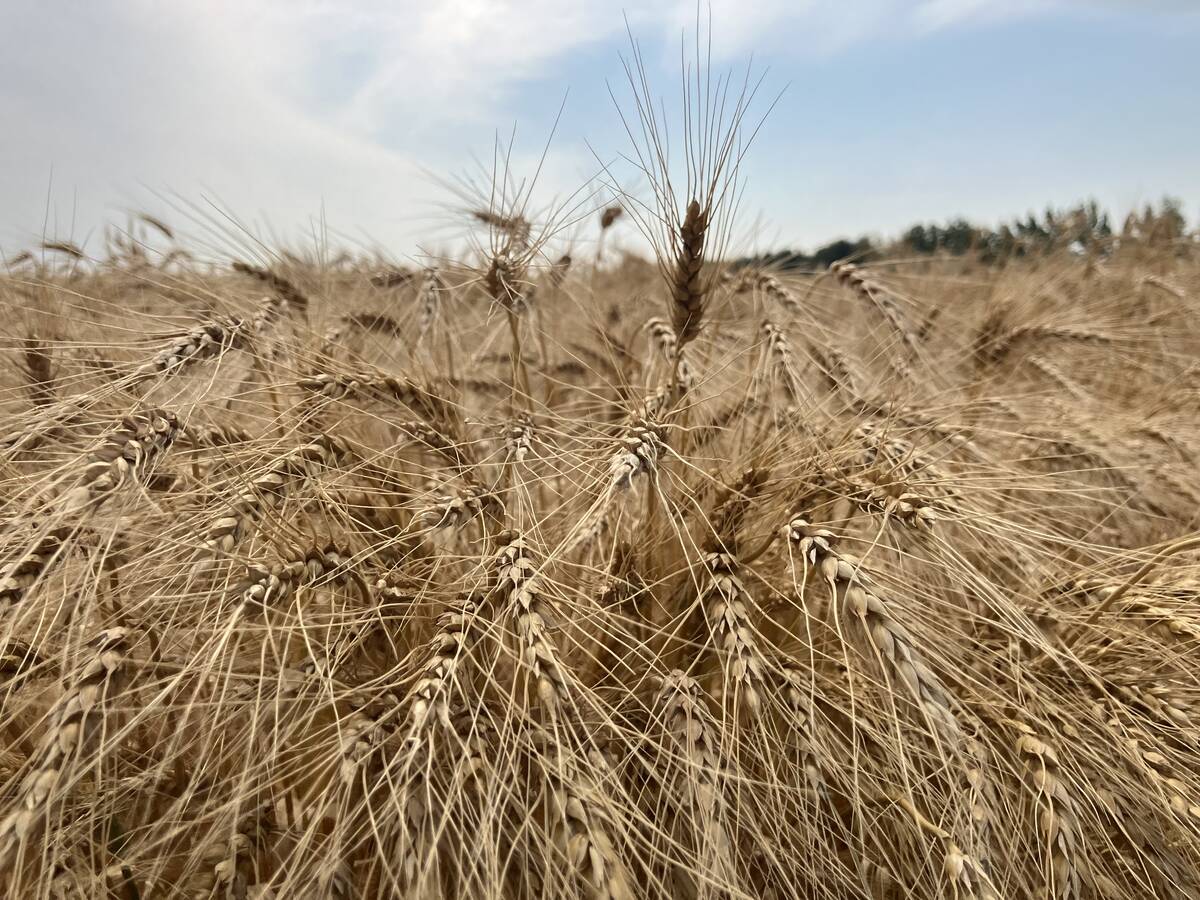A combination of drought and lack of an effective poison since 1993 has caused an explosion of Richardson’ s ground squirrels across parts of the Prairies, says a Cardston County agricultural fieldman.
Richardson’ s ground squirrels are commonly known as gophers.
“They’ ve flourished in this climate,” said Rod Foggin, who helped organize the drive to get an emergency registration of two-percent liquid strychnine.
Health Canada’ s Pest Management Regulatory Agency was bombarded with pictures, an intense letter-writing campaign, an agreement between agricultural and environmental groups that the situation is desperate, and letters of support from Alberta Agriculture and Alberta Environment.
Read Also

Prairie spring wheat looks like a bumper crop
Canada will likely set a new record for spring wheat yields this year, topping the previous mark of 54.1 bushels/acre – set in 2020
As a result, the agency granted 49 out of 67 Alberta municipalities a four-month emergency registration of the poison.
“It’ s the first year we’ ve received an emergency registration request from Alberta,” said Richard Aucoin, acting chief registrar with PMRA.
“We’ re very well aware there’ s been a problem with gophers and it’ s getting worse.”
Shaffeek Ali, of Alberta Agriculture’ s pest prevention and management unit, said the emergency registration doesn’ t give farmers blanket coverage to use the poison.They must show they have “high numbers” to warrant using it.
Strychnine is under strict control of the province’ s agricultural fieldmen. Each 250 millilitre bottle must be accounted for and fieldmen must monitor the poisoned grain to make sure it is properly mixed.
Foggin credits the Association of Alberta Agriculture Fieldmen as key to helping get the registration. It gave Health Canada the confidence that the strychnine would be monitored and distributed by a credible, province-wide organization.
Aucoin said Alberta’ s application included a detailed proposal of how the strychnine would be controlled, monitored and distributed.
“We’ re confident that kind of program would mitigate the risks.”
The two-percent liquid strychnine was removed from the market in 1993 because of concern the poison was killing other animals.
There had been several complaints of the liquid poison being used as dog poison. There were also one or two suicide attempts and a suspected murder because of the product.
“It takes such a small quantity to kill an animal or human being,” Aucoin said.
Because only agricultural fieldmen have access to the strychnine, PMRA felt confident it wouldn’ t be misused.
Foggin has already used 450 cases of the poison. He mixed 220 cases of poison with grain in a cement mixer in the first few days. There are 24, 250 ml bottles in each case. The recommended rate is one bottle for one kilogram of grain.
Farmers usually carry the poisoned grain mixture home in large five-gallon buckets. Between one teaspoon and one tablespoon at the opening of each gopher hole is all that is needed for effective control.
Burt Forbes, agriculture fieldman for the Municipal District of Provost, said one farmer has used nine pails of bait on one quarter section of land.
“It’ s overrun with gophers,” said Forbes, who has metered out 90 cases of strychnine.
In Cardston, the county charges $8.10 a bottle, which is 10 cents more than what the county paid.
While farmers are not happy with the price, Forbes said its effectiveness is easing the financial blow.
John Bourne, vertebrate pest specialist with Alberta Agriculture, said farmers have created the perfect environment for gophers.
Cultivated ground is easy to dig through, food is planted at their door-steps and the crops are similar to their native short grass prairie landscape. The rodent prefers to live in flat, open areas where it can see 360 degrees. Farmers have removed all the trees and shrubs that block its view, he added.
















